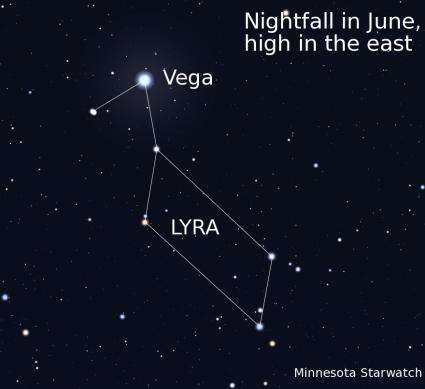Points North: Healthy eating is good for conservation
| Attachment | Size |
|---|---|
| Finalcut_Perich_food_20100311.mp3 | 9.88 MB |
Michael Pollan is a novice hunter, but his writing on the topics of hunting and animal rights are among the best to appear in the past decade. His 2006 book, “The Omnivore's Dilemma,” contains a thorough discourse about the animal rights philosophy and the use of animals,
including hunting, as he explores American food and its production.
Although his topic is food, Pollan offers profound insight for conservation. In addition to the above title, I've recently read two of Pollan's other books, “In Defense of Food” and “The Botany of Desire.” He makes a compelling case that modern food production, while highly efficient and—for the consumer—cheap, is harmful to us and the environment.
The American food system is built upon a foundation of corn and soybeans that are processed into a myriad of products and additives, as well as providing feed stock for most of the animals we eat. Those animals are grown in conditions of close confinement that necessitate the liberal
use of antibiotics to maintain their health. The entire system is well lubricated with petroleum, from the fertilizers applied to the fields to the transportation used for year-round delivery of fresh produce and other foods thousands of miles from where they were grown.
Pollan writes that our reliance on processed food led to the proliferation of the “diseases of civilization”--heart disease, diabetes, stroke and cancer. In fact, we might do as much to resolve our health care quandary through the federal farm bill as with health care legislation. This is where improving our health merges land and water conservation.
Minnesotans are well aware of the environmental shortcomings of modern agriculture, which Pollan calls “industrialized.” The federal government's emphasis (via subsidies) on corn and soybeans to the exclusion of other crops has created an intensively cultivated landscape
some call the “black desert.” Beneath the fields are latticeworks of drain tiles emptying into ditches that whisk fertilizer-laden water into the Mississippi River drainage, eventually creating an oxygen-depleted “dead zone” in the Gulf of Mexico.
Industrial agriculture also requires the input of stuff we really don't want to eat—pesticides, herbicides and antibiotics. Increasingly, genetic engineering is used to transfer heredity traits among living organisms. In South Dakota, native prairie pastureland is being plowed up to plant soybeans with genetically engineered herbicide resistance.
Can agriculture be done differently? Pollan believes it can be, though doing so will upset the economic applecart for the large corporations benefiting from the present system. He spent a week on a Virginia farm where the farmer uses a sophisticated rotational grazing system to
produce grass-fed beef and free range chickens without using any chemicals or fertilizers other than compost. The farm produces healthy food while maintaining the health of the land.
Can such a system be replicated on farms across the continent at a scale capable of producing enough food to feed millions of people? With the growth of the organic and locally grown food movement, one could say the change in farming is already occurring. But federal farm programs are intended to perpetuate an industrial status quo. Farmers who choose to
step outside the system and its subsidies produce food that costs more for consumer, placing them at an economic disadvantage in the marketplace. Policy changes are needed to level the playing field.
Even though creating policy which encourages farmers to diversify seems sensible enough, real change is more likely to be driven by consumers than drafted by a Congress that is clearly more responsive to corporate lobbies than it is to voters. Many people are paying more attention to what they eat, increasing the consumer demand for healthier foods.
Although Pollan doesn't fully make the connection—his focus is food, not conservation—healthy food advocates and farmland conservationists are walking on common ground. Many, if not most, prairie conservation efforts are intended to offset industrial agriculture’s impact on the landscape.
If conservationists and healthy food advocates do have a legitimate meeting of the minds, it is likely to occur in an informal setting. A quick search in the websites of national conservation nonprofits operating in Minnesota revealed those organizations are receiving significant funding from the multinational corporations that profit from industrial agriculture. A subsequent search using the word “organic” revealed...well, not much at all.
You might try doing similar searches on your own. You may also want to read one of Pollan’s books. If you don’t like to read, rent and watch a recent documentary called “Food, Inc.” Then think hard about your own health and the health of the landscape and draw your own conclusions.
Airdate: March 12, 2010
Tweet






